This post is all about my introduction to meringue powder, one of the subjects that initially spurred the idea for this Toolbox Talk column, as you can read here. Questions about meringue powder come up regularly on Cookie Connection, perhaps because there seem to be many differences among brands and methods of mixing it. So, in addition to addressing my own curiosity (I make royal icing with fresh egg whites), I hope to answer some of the questions that have arisen on the site, or, at the very least, encourage us all to jointly address our different experiences with this ingredient.
Meringue Powder
Meringue powder is used as a substitute for fresh egg whites in meringues and royal icing, but is also added to buttercream to stabilize it. It is a very fine, off-white powder made from dried and powdered egg whites mixed most often with varying amounts of icing sugar (aka powdered sugar), regular sugar, corn flour (aka cornstarch), cream of tartar, and other additives to improve flavor and shelf life. It is all of these additives that set meringue powder apart from pure dried egg whites. As the egg whites in it are dehydrated, meringue powder eliminates the risk of contaminating icing with salmonella and possibly making people sick.
Meringue powder is most often bought online or in cake decorating supply stores, under a wide range of brand names, as I'll discuss further below. I have come across only one instance of someone making her own meringue powder (second to last comment in the link above, by Food Wacky on February 18, 2014), but I haven’t tried it myself (yet).
How Meringue Powder is Used
In the context of cookie decorating, meringue powder is just one of the possible starting points for making royal icing. Some people make royal icing with fresh whites and icing sugar, as I do. Others use pasteurized whites, either from the bottle or in the shell, and icing sugar, as does Cookie Connection host Julia Usher. (Pasteurized whites, though still liquid, are heat-treated to temperatures that kill salmonella.) Still others use readymade royal icing mixes that just need the addition of water to be good to go.
But, according to a recent (and very non-scientific) survey conducted by Julia on several social media platforms, meringue powder seems to be the primary way that most cookiers go about making royal icing. Of the 106 people who responded to her half day-long survey (which you can find embedded directly below), about 93 percent use meringue powder. It seems that most people surveyed choose meringue powder to avoid the risk of salmonella contamination and for the convenience. (Several meringue powder brands are available in the United States, whereas pasteurized whites can be harder to find.)
As mentioned at the outset of this post, there are many variations on how to make royal icing with meringue powder. Some decorators mix the powder with more icing sugar and then add water, and others whip the powder with some water and let it sit for a bit before adding it to the icing sugar. And, as you can see from this Cookie Connection forum post, the "right" ratio of meringue powder to icing sugar is also debatable.
Meringue Powder Around the World
South Africa/Australia/United Kingdom: From reading comments on the net, I have the impression that one of the biggest, if not the biggest, American brands (Wilton) is available in most places. But not in South Africa! We have Bakels Actiwhite, which, in the two cake supply shops I tried, gets re-packed from bulk bags into smaller packets of 100 grams (3.5 ounces). Actiwhite is also readily available in Australia, and I read that it is referred to as Meri-White in the United Kingdom. (More on brand availability in other countries below.)
 Private Label "Actiwhite" Repackaged in Smaller Quantity
Private Label "Actiwhite" Repackaged in Smaller Quantity
United States: Here, cookiers have more brands at their fingertips than I do in South Africa, and others do in most other parts of the world. In Julia's survey, no less than 10 different brands were used by decorators in the United States (US). Wilton led the pack with 35 percent of US respondents using it, and CK Products came in second place with 26 percent of mentions. Other brands mentioned more than once were Lorann, Henry & Henry, Cake Supplies on Sale, and Creative Cookier (a new formulation developed by Cookie Connection member Ginny Levack, which garnered rave reviews, especially for flavor and sheen, from those in her Facebook group). Reasons most often cited for using Wilton were convenience and price. It is widely available in US chain craft stores (Michaels and Hobby Lobby), smaller mom-and-pop cake supply shops, and online.
Elsewhere in the world: Indeed, Wilton seems ubiquitous, confirming my earlier suspicions! Even among cookiers outside of the US, Wilton was the dominant meringue powder brand in Julia's survey. It is used by 48 percent of the non-US respondents, primarily those living in Japan, Taiwan, Portugal, and New Zealand, who mentioned that it was easy to find (and affordable) online. The next most commonly used brands were CK Products (by cookiers in Canada and Portugal), Ledevit (by cookiers in Argentina), and Pavlova Magic (by cookiers in New Zealand). However, not one of these brands was mentioned by more than 7 percent of non-US respondents - further proof of Wilton's worldwide domination! ![]()
An Experiment
For this post, I didn’t actually do an experiment per se. I just made royal icing with Actiwhite in three different ways and recorded how the icing behaved. [EDITOR'S NOTE: That's experiment enough for me! ![]() ]
]
First, I used a relatively high ratio of meringue powder to icing sugar - specifically, 106 grams (10 tablespoons) powder to 907 grams (2 pounds) sugar - as I had read in the recent Sweet Sharing transcript with Amber Spiegel that a higher ratio delays the crusting of icing so there is more time to do wet-on-wet work. I also didn't hydrate the meringue powder first. [EDITOR'S NOTE: I am still baffled by Amber's result, as I would have expected that a higher proportion of protein from the egg whites would have accelerated crusting and drying . . . but I digress.]
Second, I made royal icing, again without hydrating the meringue powder first, with a lower ratio of meringue powder to sugar - specifically 53 grams (5 tablespoons) powder to 907 grams (2 pounds) sugar - following Sweet Sugarbelle's recipe without the flavouring.
And last, I made royal icing using Tea, Cake & Create's recipe, which calls for about the same ratio of meringue powder to sugar as does Sugarbelle's recipe (i.e., 5 tablespoons powder to 1 kilogram, or 2.2 pounds, sugar). But, this time, I mixed the meringue powder with water first and left it to hydrate for some time.
The royal icing in these pictures is the second variation, though I got very similar results with all three variations.
The first thing I noticed is that I needed much more water than the recipes specified to get the icing to flood consistency. Then, the gel colouring, especially the darker colours, did not mix into the icing very well at all. It was as if the colouring did not completely dissolve, as small solid particles remained (as if I had mixed in powder colouring). And it did not change when I stirred the icing later in the week.
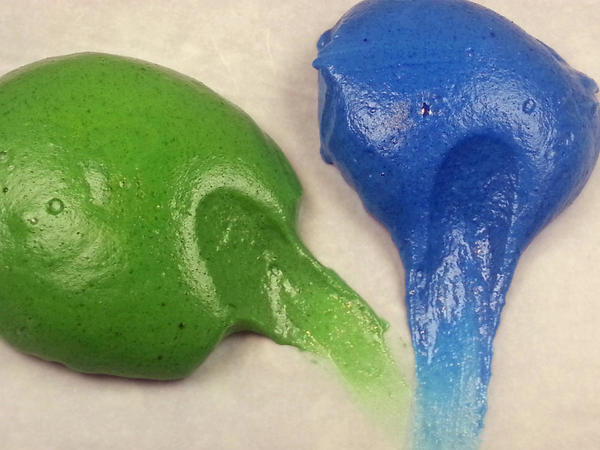 Actiwhite Icing With Colour Specks
Actiwhite Icing With Colour Specks

Closer View of Actiwhite Icing With Colour Specks
As a point of contrast, the following photo shows how well the same gel colouring distributes in my normal fresh egg white-based icing made with 2 egg whites to 400 grams (14 ounces) of icing sugar.
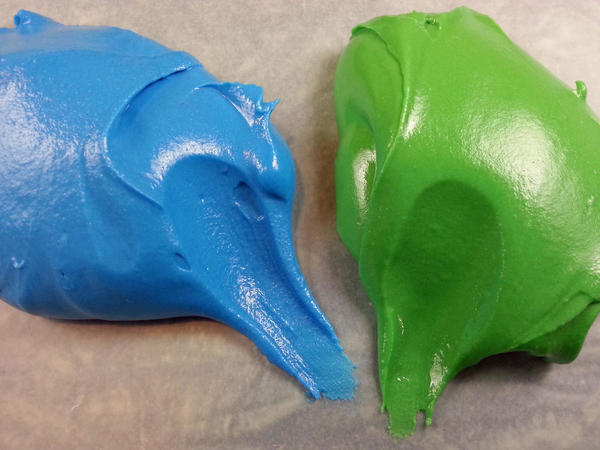
Fresh Egg White-Based Icing - No Specks!
Also, the Actiwhite icing felt very grainy and blocked piping bag tips.
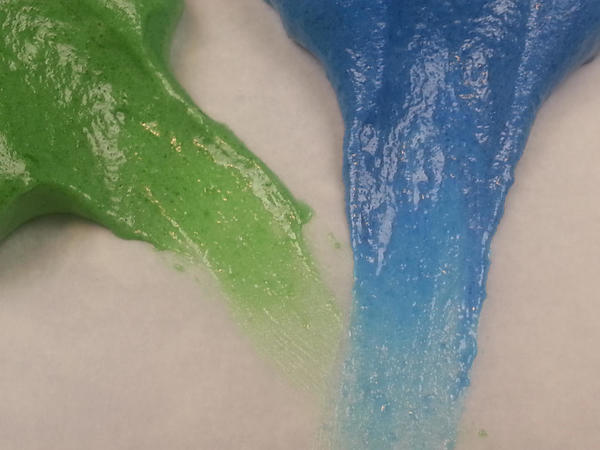 Actiwhite Icing Even Looks Grainy!
Actiwhite Icing Even Looks Grainy!
Again, as a point of contrast, my usual fresh egg white-based icing is much smoother.
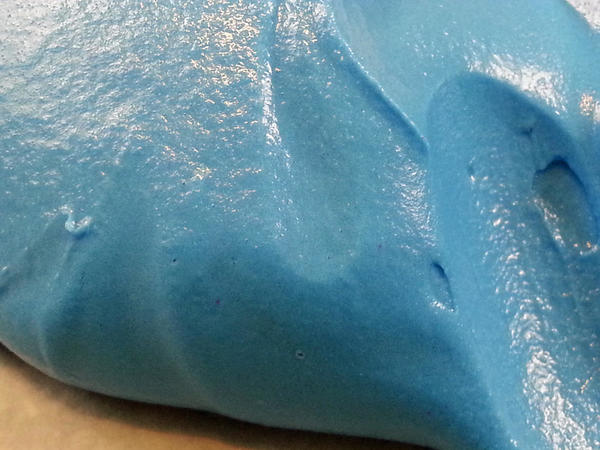 No Grittiness to My Fresh Egg White Icing!
No Grittiness to My Fresh Egg White Icing!
Furthermore, the Actiwhite icing looked and felt a lot more fluffy and airy compared to fresh egg white-based royal icing; it rather reminded me of mousse. It also maintained that consistency over several days without separating. I wonder if the cream of tartar in the mix is responsible for that? [EDITOR'S NOTE: Please see Liesbet's earlier Toolbox Talk all about the stabilizing effects of cream of tartar.]
Piping with this icing was different as well: the icing felt a lot stiffer when piping, but at the same time, it remained "runnier" for a longer period and, on multiple occasions, ran off the cookies. For the first time, I had cookies that dried with a wrinkle effect from being in the dehydrator. The Actiwhite icing didn’t crust fast enough to withstand the air movement created by the dehydrator's fan.
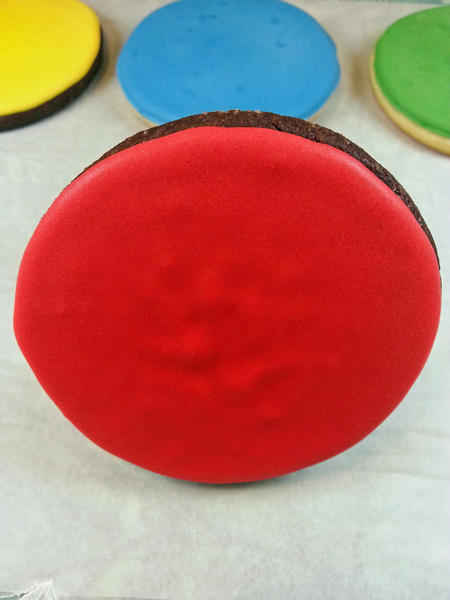
Wrinkled Actiwhite Icing After Dehydrating
Last, I'd like to comment on drying time and butter bleed. The drying time for Actiwhite icing was about double that of fresh egg white-based royal icing. I found this out the hard way . . . I usually heat-seal my biscuits the evening after I have finished decorating them, and they are fine. But, this time, the popcorn in my set of movie cookies got squashed by the weight of the cookies on top (which I only saw when the birthday girl unpacked them). I then iced some more biscuits to pay proper attention to the actual drying time, and I discovered that, whereas the fresh egg icing is usually hard after 24 hours, the Actiwhite icing was markedly softer at the same time and needed another 24 hours to dry completely. In some instances, it did not set hard at all!
Also, the cookies suffered a lot of butter bleed. I have had butter bleed before, but it has never been as bad as on these cookies!

Butter Bleed with Actiwhite Icing
I tried these recipes with Actiwhite over a 6 week-period in several cookie sets, so I don’t think the weather (humidity) could have been the cause of these last two results.
All in all, I have found it difficult and frustrating to work with meringue powder and got results I was not happy with. I will keep the meringue powder I have left in the cupboard as an emergency solution for now, but I will go back to fresh egg whites for my next decorating session. [EDITOR'S NOTE: If it's any consolation, Liesbet, you are not the only one to have been frustrated with your particular meringue powder. Look here!]
Please let me know your experiences with meringue powder in the comments below. And please help build Cookie Connection's own database of information about meringue powder by completing Julia's survey here. Thanks!


Liesbet Schietecatte, born in Belgium but permanently living in South Africa since 2005, accidentally found her way into cookie decorating in 2012. Grabbing moments in between her career as an archaeologist and being a mommy and a wife, Liesbet bakes Belgian biscuits like speculoos in the tradition of her grandmother’s family who were bakers for several generations, but she gets the most creative satisfaction from decorating with royal icing. She bakes and decorates for occasional orders and at times for a crafters' market, but mostly for the enjoyment and challenge of trying out new things. To honour her family's baking legacy, Liesbet uses the family name to give a home to her baking pictures on Facebook: Stock’s – Belgian Artisan Bakes.
Photo credit: Liesbet Schietecatte
Note: Toolbox Talk is a bimonthly Cookie Connection blog feature written by Liesbet Schietecatte that explores similarities and differences in cookie tools and ingredients from all over the world. Its content expresses the views of the author and not necessarily those of this site, its owners, its administrators, or its employees. Catch up on all of Liesbet's past Cookie Connection posts here.

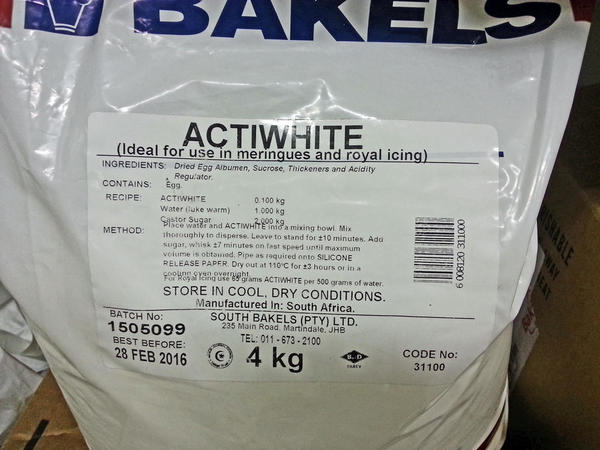
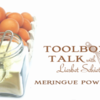
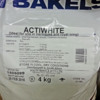
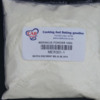

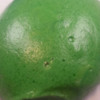
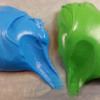
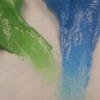
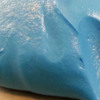
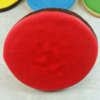

Comments (28)